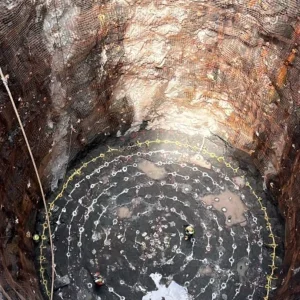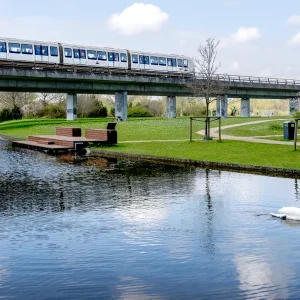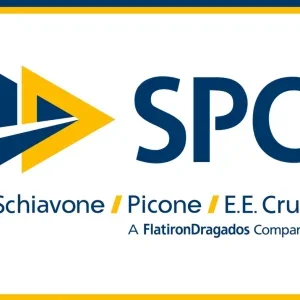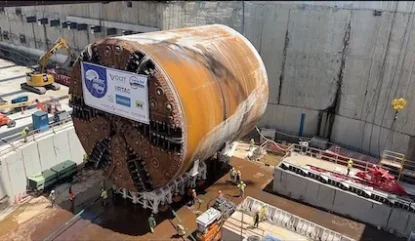
The 14m-diameter TBM Mary broke through the North Island headwall in April this year and then required to be turned to complete the second bore.
The 2,500-ton cutterhead has now been turned 180 degrees, using nitrogen skates. The move was completed by a crew of 35 people eight hours.
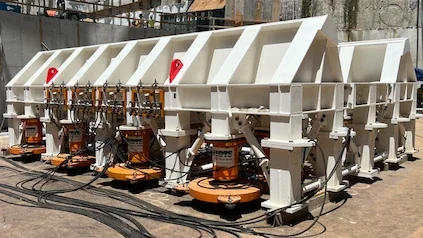
HRCP assistant resident engineer Lion Nitschke said the major challenge was working in the tight space of the pit.
It will now take five months to remove and turn the gantries, while at the same time installing buoyancy measures to prevent the tunnel from lifting.
It is only the second time the nitrogen technology has been used in the world. The first was in March last year on London’s Silvertown Tunnel project where TBM Jill was rotated in the reception chamber.
The US$3.9bn HRBT is the largest highway construction project in Virginia’s history and the state’s first bored road tunnel. The project aims to ease congestion along a 16km corridor on the I-64 through the addition of twin, two-lane bored tunnels under the harbour from Hampton to Norfolk and the widening of four-lane segments.
It is being built by Hampton Roads Connector Partners (HRCP), a consortium of Dragados USA, Vinci, Flatiron Constructors, and Dodin Campenon Bernard.
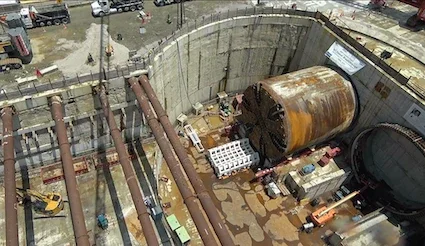
In April, VDOT announced the completion date had been pushed back by 18 months. The project is now scheduled to reach substantial completion on February 26, 2027, and final completion on August 27, 2027; however, HRCP has an early completion incentive of US$90m if substantial completion is finished by September 2026.



